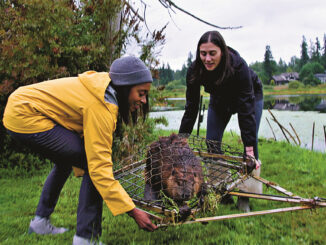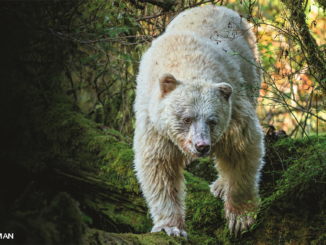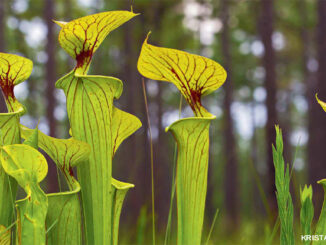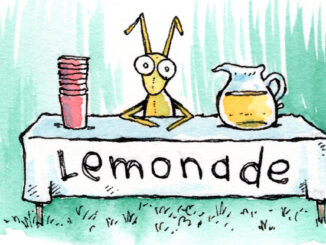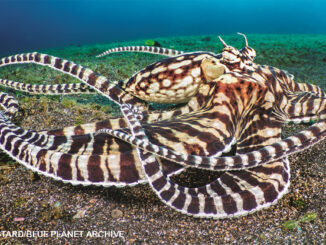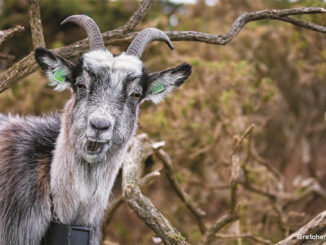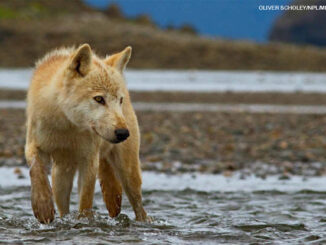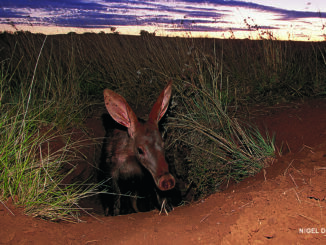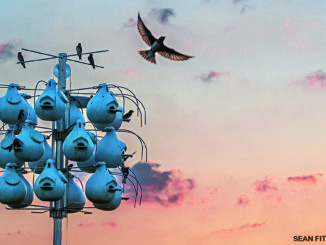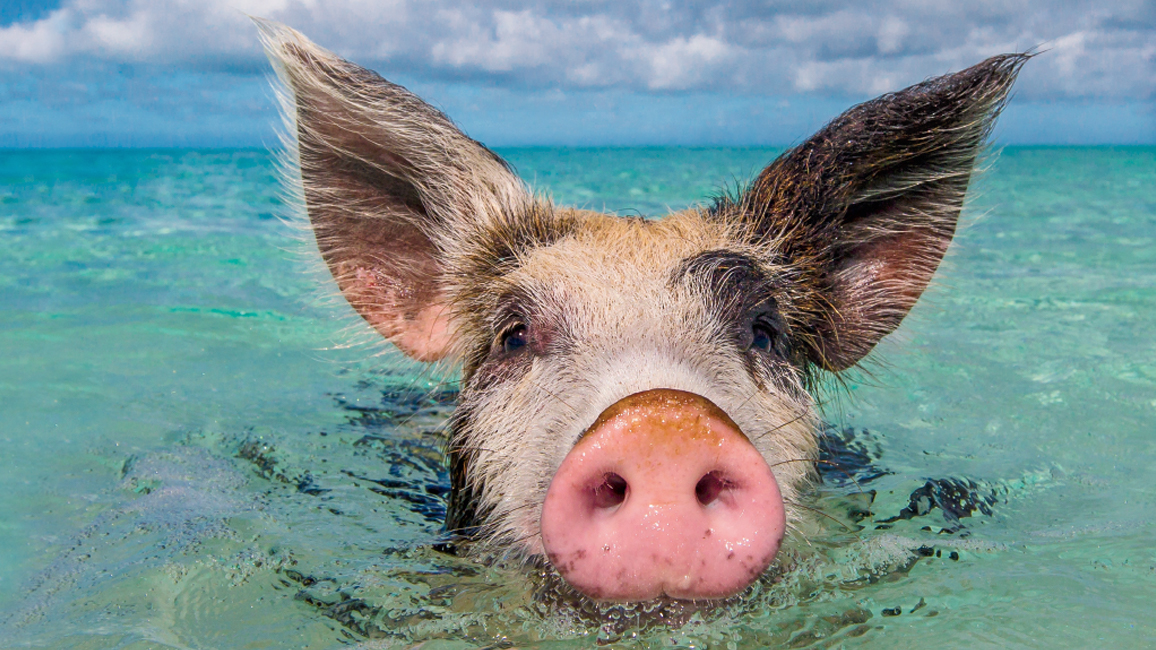
Animal Island
By Hannah SchardtHi, I’m Matt Sower, and I’m reporting live from the bright blue waters off a little island in the Bahamas. I’m not on vacation. I live here! I’m what’s known as a feral pig.

Feral animals are former pets or livestock—or their offspring—that escaped to the wild. When left on an island where there are no predators large enough to eat them, feral animals are free to have a lot of babies. Unfortunately, when feral animals move onto an island, they often take over—leaving no room for some animals that were there naturally. Even so, many people are fascinated to see an island overrun with animals that are more often found on farms or in houses.
Stay tuned to see how all sorts of once-tame animals are now living the wild life on islands around the world.
Live from Okunoshima Island, I’m Rabbit Siegel.
On Assateague Island, this is Lesley Stallion.
From the crowded heart of Aoshima Island, I’m Kitty Couric.
Hog Heaven
Big Major Cay, Bahamas
No people live full time on this little island, but plenty of pigs do. Twenty of us roam freely on sandy beaches. We snack on treats brought by visiting tourists. We relax in the shade of almond trees. And, of course, we swim—our stubby legs paddling through the crystal-clear water.
So how did we luck into this life of leisure? Some people say our great-great-great-grandpigs were dropped off on the island to provide meat for visiting sailors. Others say that a farmer from a nearby island once left a group of pigs here. Either way, eventually word got out that this island was home to swimming, sunbathing pigs. That’s when local people started making money by ferrying over tourists in boats to see us. We don’t worry that we’re going to end up as pork chops. That’s because, for the locals, we bring home the bacon!
Rabbit Refuge
Okunoshima Island, Japan
Let me guess: You always thought rabbits were shy, right? Well, you’ve never met us! The minute you step onto the island, you’ll be surrounded by wiggling noses and perked-up ears. We will chase anyone with food, hopping—er, hoping—to snag a snack. And we usually do! Tourists come from all over the world to see me and the other friendly furballs.
Life on Okunoshima wasn’t always happy hopping. During World War II, the Japanese army tested chemical weapons here. Some people believe that the rabbits living here today are relatives of rabbits used to test chemicals. Other people think visiting kids brought pet rabbits to the island in the 1970s and left them behind. Anyway, we bred like, well, rabbits. Today, more than a thousand of us live on the island.
Pony Paradise
Assateague Island, Maryland
We aren’t just pretty ponies. The horses of Assateague Island are tough! We put up with the hot summer sun and nasty mosquito bites. We often face stormy, windy weather. Sometimes, there isn’t much to eat. But we make do with marsh grasses.
Some people claim that Assateague’s ponies are descended from horses that survived a shipwreck and swam to shore. There’s no proof of that. But I can tell you, we are born survivors. We’ve gotta be. So if you come for a visit, don’t get close. If we think you have treats, we become pushy—and may even bite!
Cat Cay
Aoshima Island, Japan
Years ago, hundreds of people lived on this little island. They fished for a living and brought our ancestors here to catch mice on their boats. Then most young people on Aoshima moved away, looking for jobs. We cats stuck around—and multiplied. Now for every person living on this small island, there are six cats!
The people who stayed on the island are mostly older. Some of them feed us outside. But we aren’t pets—we come and go as we please, sleeping in abandoned houses. Boatloads of cat-loving tourists visit each day, bringing treats and attention for us. What more could any cat want?
Thanks for tuning in! Now I’m off for a little piggie paddle
“Animal Island” originally appeared in the May 2016 issue of Ranger Rick magazine.
(Click on each image above for a closer view of the story.)




